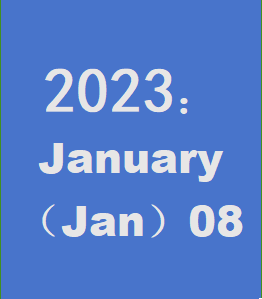Float level/interface meter: A comprehensive solution for level monitoring in a variety of media
—— Float level/interface meter: A comprehensive solution for level monitoring in a variety of media--ba
[ 信息发布:本站 | 时间:2024-03-20 | 浏览:487 ]

Float level/interface gauge is a common liquid level measurement device, which can be used to monitor the liquid level of multiple media, providing a comprehensive solution. Below is a detailed explanation of how to achieve a comprehensive solution for monitoring the liquid level of multiple media from eight aspects:
-
Material Selection:
- The float and measuring components of the float level/interface gauge should be made of materials that are corrosion-resistant, high-temperature resistant, and pressure-resistant to accommodate the characteristics of different media.
- Common materials include stainless steel, titanium alloys, plastics, etc., chosen based on the chemical properties of the medium and process requirements.
-
Measurement Principle:
- Select measurement principles suitable for different media, such as buoyancy-based, pressure-based, ultrasonic-based, etc.
- Buoyancy-based principles are suitable for media with relatively high density, pressure-based principles are suitable for media with small changes in level, and ultrasonic-based principles are suitable for high-viscosity media or situations requiring a large range of level measurement.
-
Installation Position and Method:
- Choose appropriate installation positions and methods according to the characteristics of the media and the structure of the container to ensure measurement accuracy and stability.
- Different installation methods may be required for different media, such as float-type, insertion-type, sidewall-type, etc.
-
Signal Output Method:
- Provide various signal output methods, such as analog signals, digital signals, switch signals, etc., to adapt to different control systems and monitoring requirements.
- Liquid level information can be output through methods like 4-20mA current signals, RS485 communication protocols, etc.
-
Anti-interference Ability:
- Design circuits and software algorithms with good anti-interference ability to ensure stability and reliability under complex conditions.
- Consider factors such as temperature changes, pressure changes, vibration interference, etc., and implement appropriate anti-interference designs.
-
Automatic Calibration and Fault Diagnosis:
- Integrate automatic calibration and fault diagnosis functions to monitor device status in real-time and perform corresponding calibration and processing.
- When the device encounters faults or abnormal situations, timely alarms and fault diagnosis information should be provided to reduce downtime and maintenance costs.
-
Remote Monitoring and Control:
- Support remote monitoring and control functions to obtain liquid level information in real-time and perform remote control and adjustment via the Internet or dedicated communication networks.
- Remote monitoring and operation can be achieved through smartphones, tablets, etc., improving operational efficiency and response speed.
-
Customization and Modular Design:
- Design with customizable and modular structures to customize float level/interface gauges of different specifications and functions according to user needs.
- Provide standardized modules and interfaces for easy combination and expansion to meet the requirements of different processes and applications.
In summary, through detailed consideration and design in these eight aspects, a comprehensive solution for monitoring the liquid level of various media can be achieved, providing high-precision, stable, and reliable liquid level monitoring services to meet the needs of industrial production and process control.
Shaanxi Qianyi Tuoda Technology Co., Ltd. www.sxqytd.com Tel:+8618829679311
